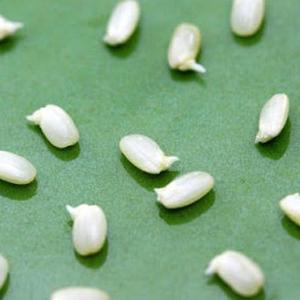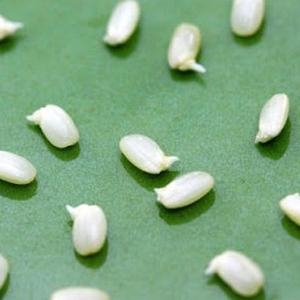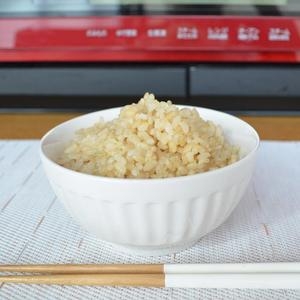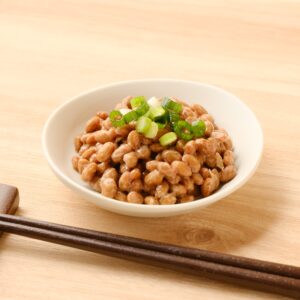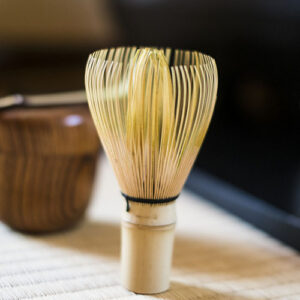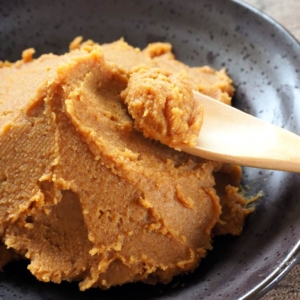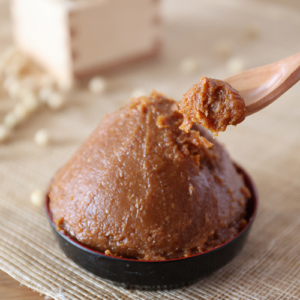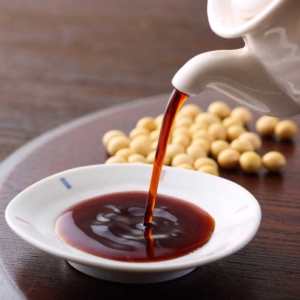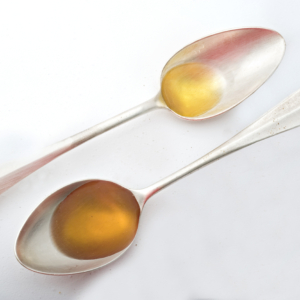Sprouted brown rice undergoes the germination process to produce high quality and nutrient boosting benefits. See why the Japanese has been consuming this superfood since long ago, understand the differences between varieties of rice and organic options Kawashima-ya offers!
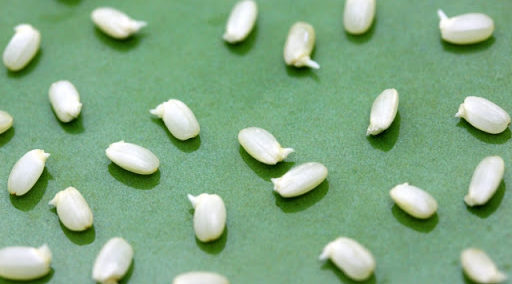
2020 has been the year where Covid-19 spurred the world to make more health-awareness decisions, from the activities we do to the food we take. Japan for one, which has a rice-consumption staple, draws heavily on value-added rice products namely sprouted brown rice since the ancient era. This article provides a brief introduction to understanding what exactly is sprouted brown rice, its benefits and some interesting products you might like to try!
 Content List
Content List
- What is Sprouted Brown Rice?
- 1.History of sprouted brown rice
- 2.Nutritions in sprouted brown rice
- How to prepare sprouted brown rice
- Why brown rice doesn’t sprout?
- Sprouted brown rice vs regular brown rice
- Sprouted brown rice Health benefits
- Introducing Koso Genmai
- Sprouted brown rice FAQ
- Recommended Products for Sprouted Brown Rice
- 1.Koso genmai products
- 2.Brown rice products
What is Sprouted Brown Rice?
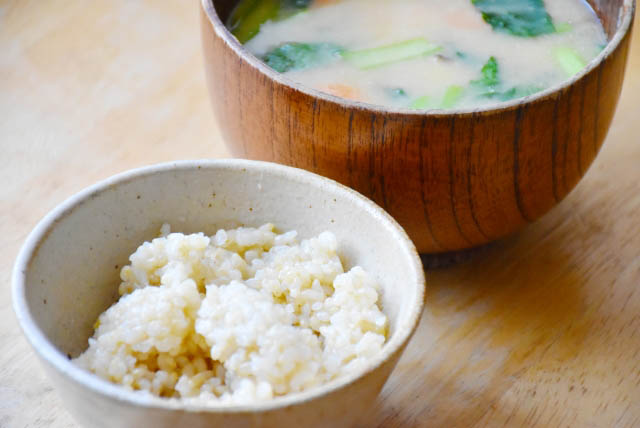
Sprouted brown rice is commonly known as germinated brown rice that awakens the seed from its dormant state. It undergoes the soaking process that intentionally heightens nutritional components. Sprouted brown rice is also recognized for its delicious taste due to the sugar and protein breakdown during the budding process, thus producing a softer texture.
History of Sprouted Brown Rice
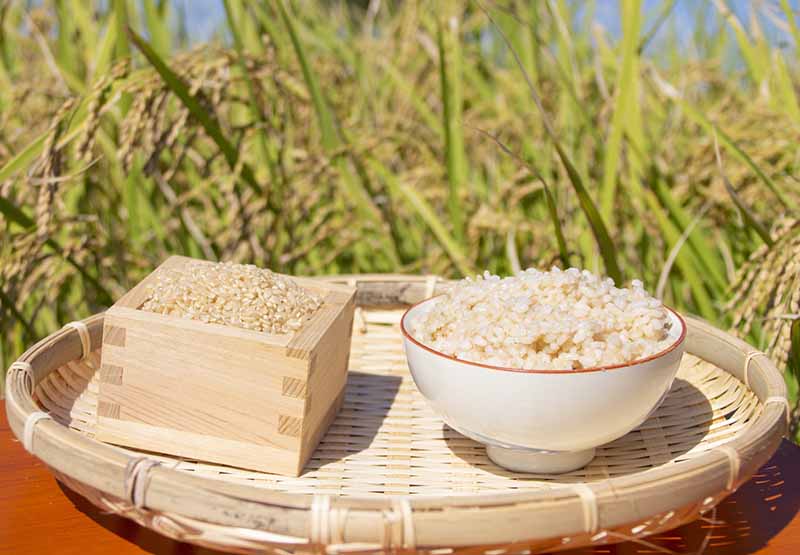
Going back in history, white rice was mainly eaten by people in the cities.
Therefore, white rice and brown rice in Japan depicts the societal and social divide. White rice represented prosperity whereas brown rice portrayed poverty.
The consumption of polished white rice however led to the ‘Edo affliction’ due to widespread cases of beriberi and vitamin deficiencies.
This is true during wartime generation because of the food shortage. The soaking tradition was introduced because it helps to cook rice quicker when fuel was difficult to get, simultaneously improving the bioavailability of nutrients.
Nutritions in Sprouted Brown Rice
Research thus far has revealed that unpolished rice boasts better nutritional values such as rich in vitamin B, protein, fiber, modulating blood pressure, and reducing cholesterol to name a few; whereas white rice mainly consists of starch. Therefore, sprouted brown rice is said to bolster healthy living and elevate quality of life.
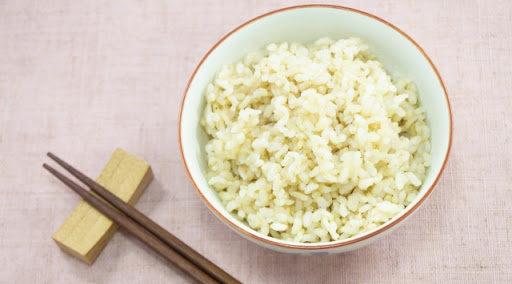
How to prepare Sprouted Brown Rice?
Instructions:
1. Put brown rice in a bowl, and use mineral water or purified water for the first rice wash. Second wash can be followed by tap water. Remove any dirt noticed on the water surface.
2. Gently rub the rice with the palm of your hands to encourage water absorption.
3. On a large and clean container, spread out the brown rice. Next, pour hot water at 30 to 40 degrees Celsius. Please refrain from using hot water at 42 degrees Celsius and above as this will affect the germination process.
4. Water should be changed several times depending on the odor that emerged during the soaking. Remove the soaked water after a minimum of 12 hours (subject to environment, season and temperature).
5. Once the sprouts have emerged, wash lightly before cooking. Sprouted brown rice can be cooked using the ‘brown rice’ function on the rice cooker.
It is recommended to consume within 7 days.
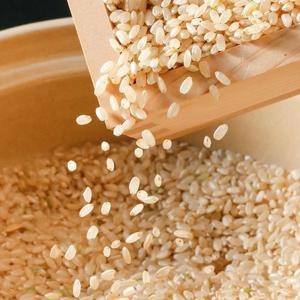
Why doesn’t Brown Rice Sprout?

There may be instances when brown rice does not germinate or sprout although the right procedures are taken. Let’s understand the reasons behind this:
Cause 1: Incorrect Temperature
Brown rice does not germinate if the temperature is too high or too low. Please be reminded that germination may not occur when the temperature drops below 10 ° C or exceeds 42 ° C.
Cause 2: Absence of Oxygen
Oxygen is also required for brown rice to germinate. If the bowl is wrapped tightly or sealed with other covers, it will hamper the sprouting process.
To avoid attracting insects or dust, consider making several small holes in the wrap.
Cause 3: Insufficient Soaking Time
Although temperature and oxygen are important components to sprout brown rice, germination will not occue if the correct soaking time isn’t met. In usual settings, a soaking period of 12 hours is required.
However, if brown rice stays stagnant although temperature, oxygen and soaking time has reached 3 days or 72 hours, please check the final point below.
Cause 4: Problem with the brown rice
Brown rice that has been mechanically dried at a high temperature may not sprout even if it follows the correct procedure. Therefore, choose brown rice products that are sun-dried or low-temperature dried, or products that are confirmed to have sprouted.
Sprouting your own brown rice can be fun but intimidating sometimes. If you’ve read this far thinking it’s a hassle to sprout brown rice on your own, we have just the solution for you to buy ready-to-eat sprouted brown rice!
Sprouted brown rice vs regular brown rice
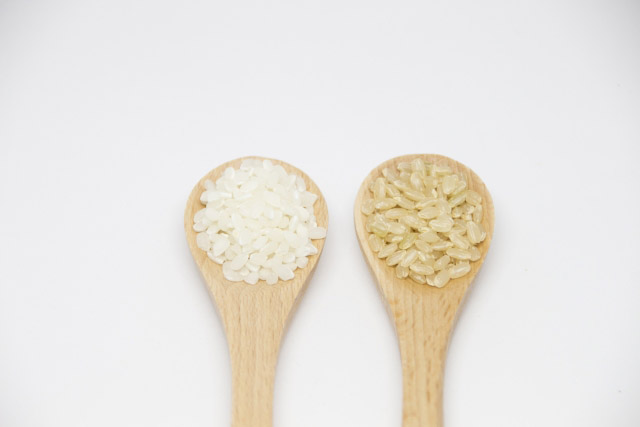
Sprouted brown rice is distinct from brown rice because of the germination process. The difference is also the result of Gamma-aminobutyric acid (GABA)content levels which plays a key role in suppressing blood pressure, curbing insomnia, limiting weight gain and preventing Alzheimer’s disease.
Additionally, brown rice may be harder in texture and unfavourable in taste. Sprouted brown rice, on the contrary, produces nothing of those sorts as germination breaks down sugar and protein without cancelling its nutrient content. Rather, it is softer in texture and pleasantly tasty.
Specifically, research shows that the increased amount of GABA in sprouted brown rice was ten times more than that of regular white rice and two times as much compared to regular brown rice. Furthermore, sprouted brown rice embodies lesser calories and sugar content than in polished rice.
Continue reading to see why sprouted brown rice should be a part of your daily food intake!
Sprouted brown rice Health benefits
The germination process to produce sprouted brown rice has not only increased the existing nutrients abundantly but also introduced new components. For example, vitamin E, dietary fiber, magnesium, vitamin B1, vitamin B6 and more. Sprouted brown rice is also known to restrain mental irritation, relieve constipation, hamper the growth of cancerous cells, control blood sugar levels and suppress heart disease.
Benefit 1 Improve mental focus and alertness

The amount of GABA contained in sprouted brown rice manages brain impulses and acts as a neurotransmitter.
The neuroprotective advantages are providing anxiety relief, anti-depression effects as well as preventing Alzheimer’s and Parkinson’s disease
Source:
Rice joins growing field of sprouted food choices
Benefit 2 Improve Sleep Quality and Quantity

Sprouted brown rice has greater content of minerals than white rice such as magnesium, which is fundamental to combat insomnia or difficulty in sleeping.
The consumption of brown rice also prevents malnutrition-related diseases which results from deficiency of minerals or vitamins.
Source:
Germinated brown rice as a value added rice product: A review
Benefit 3 Aids in Digestion and Improve Calcium Absorption

Research revealed that digestibility increases when germination propels biochemical reactions.
Germinating brown rice helps to break down the abscisic acid which in turns make digestion easier.
Due to lower glycemic index (GI), sprouted brown rice is digested slower and thus has a lesser impact on blood sugar levels.
Additionally, gluten-sensitive or people with intolerances would be delighted to know that sprouted brown rice is a convenient option.
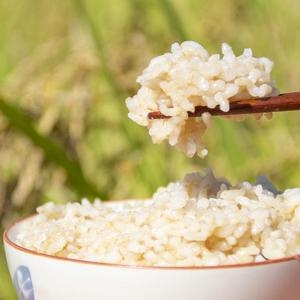
Introducing Koso Genmai
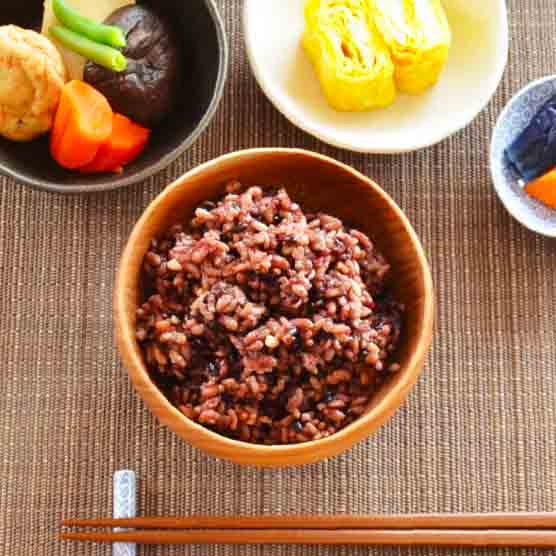
An innovative version of sprouted brown rice is Koso Genmai, which is brown rice cooked together with Azuki beans (red beans) and salt before being fermented in similar fashion.
Koso genmai has a mochi-mochi (chewy) texture, burst of umami flavour and sweetness.
Japanese usually eat it during a diet for its nutritious values.
There are at least seven benefits of Koso Genmai, namely it makes up the lack of dietary fiber in everyday life, supplements vitamins and minerals necessary for beauty and health, weight management, lower sugar absorption, reduce obesity, nutritious benefits supported by health specialist globally as well as complements vitamin B6, vitamin E, and ferulic acid vital for skin-beautifying.
Furthermore, the azuki (red) beans added are rich in dietary fiber, vitamin B, polyphenols and more.
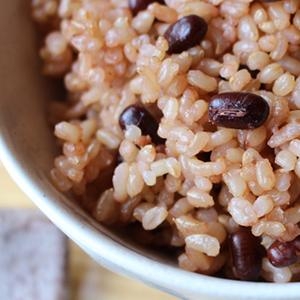
Sprouted brown rice FAQ
- Is it suitable for the whole family?
- Yes. Germinated Brown Rice is easier to chew and more nutritious than regular rice. It also aids in digestion and absorption.
- Is it more nutritious than other rice products?
- Yes. The germination process in brown rice is more promising because its nutritional values in rice grains are retained as compared to regular polished rice. Read more detailed information here.
- Is this a substitute for healthy living?
- No. A well balanced energy intake and constant physical activity are crucial while partnering with sprouted brown rice consumption.
- What is sprouted brown rice?
- Brown rice germinated through a soaking process that breaks down the sugar and protein content to develop nutritious qualities, softer texture and tastier experience.
- How is sprouted brown rice different from regular rice?
- Basically three things: the germination process, the nutritional benefits and the overall texture. Sprouted brown rice, as the name suggests, undergoes a budding process that produces greater content of nutrients than refined white rice.
- What is Koso Genmai?
- An improved version of sprouted brown rice, with ingredients such as red beans and salt added before the germination process. A common and favourite pick amongst the Japanese!
- Which type of rice product is most suitable for dietary health?
- We recommend the sprouted brown rice for dietary support. This rice is a low-energy-density food, which means its filling but low in calories.
Due to the large amount of dietary fiber, the intestinal environment is improved. The activation of enzymes in brown rice also promotes metabolism. Moreover, the GI value (the degree of increase in blood sugar level after eating) is lower than that of white rice. Therefore, the amount of insulin that synthesizes fat can be suppressed.
Recommended Products for Sprouted Brown Rice
Koso Genmai Products
Brown Rice Products

